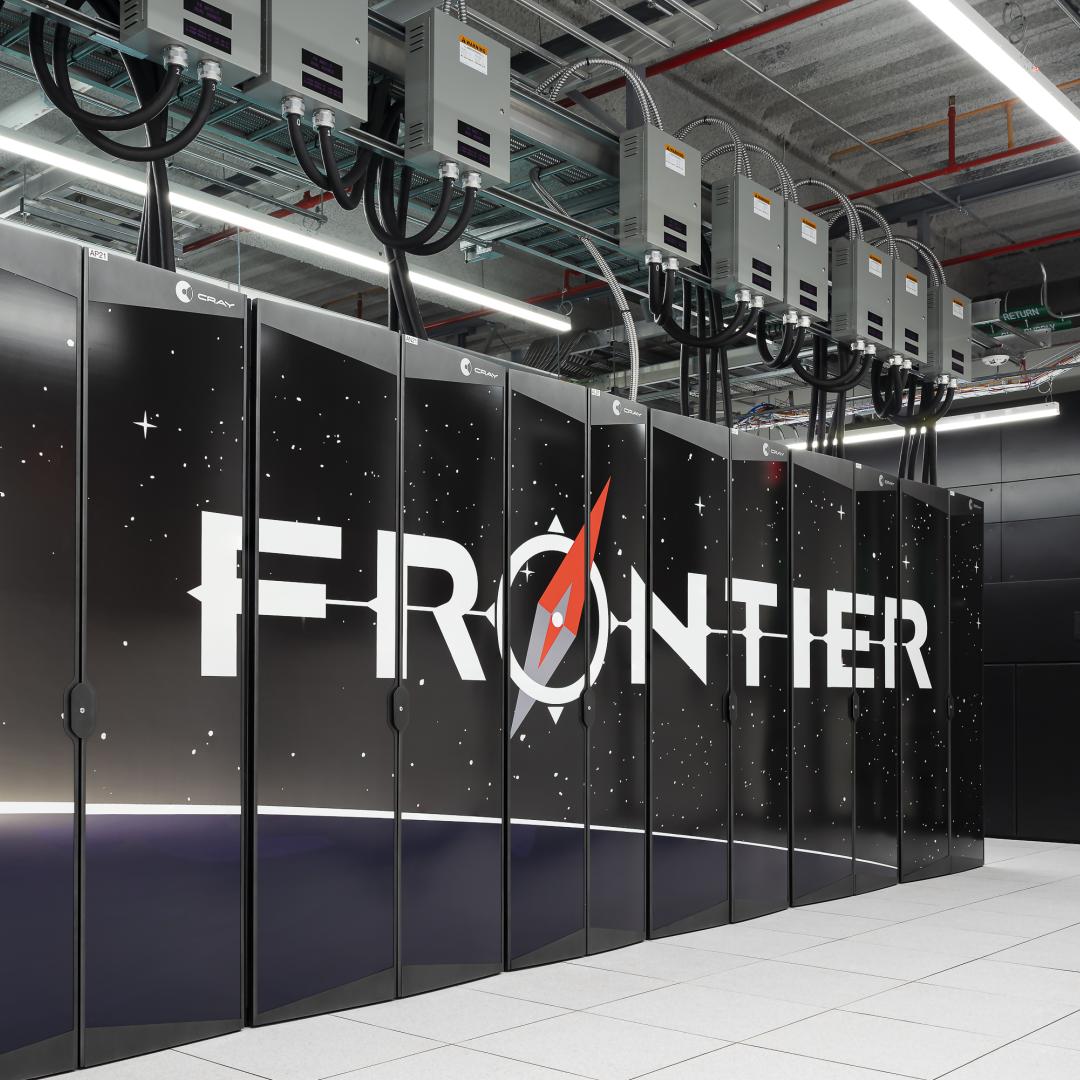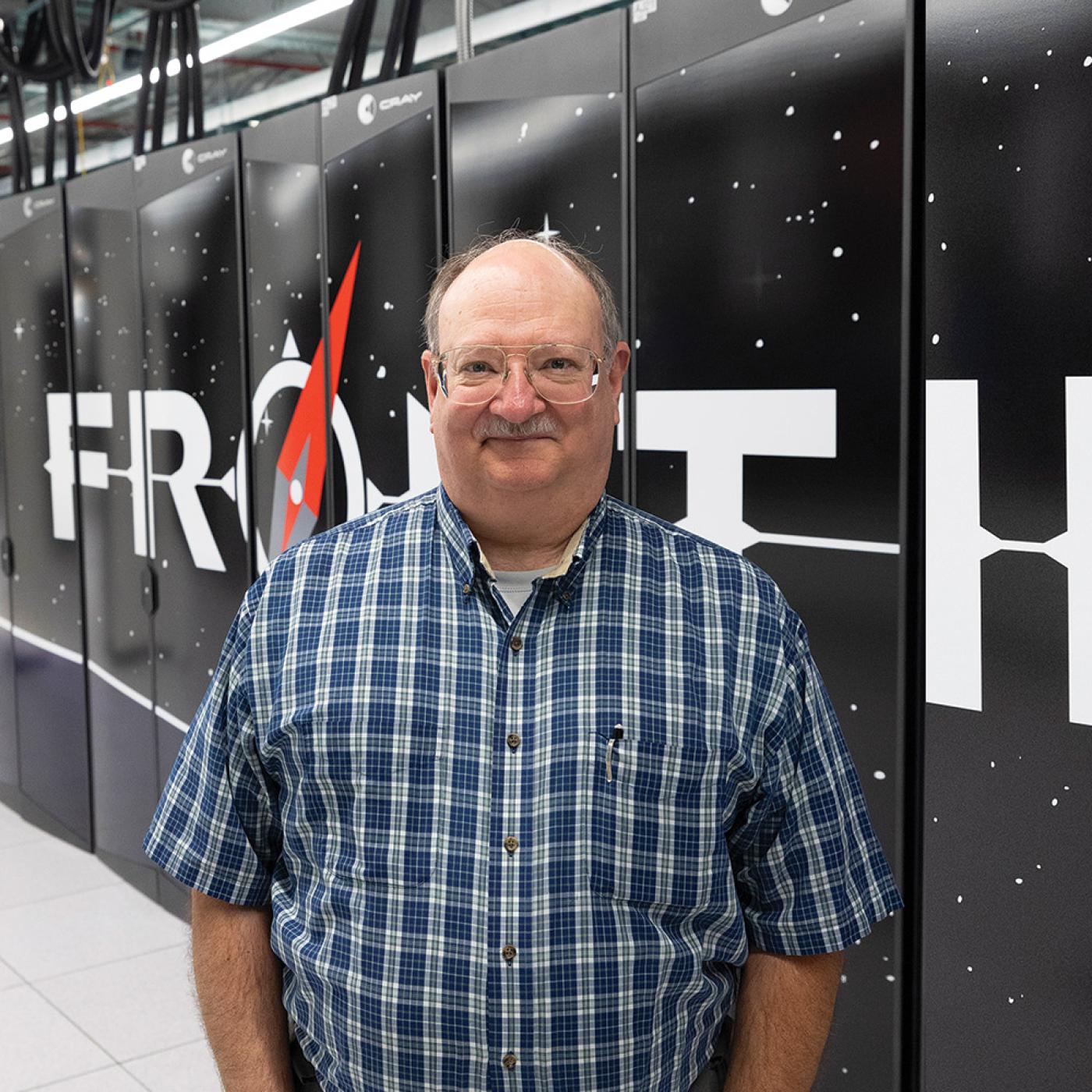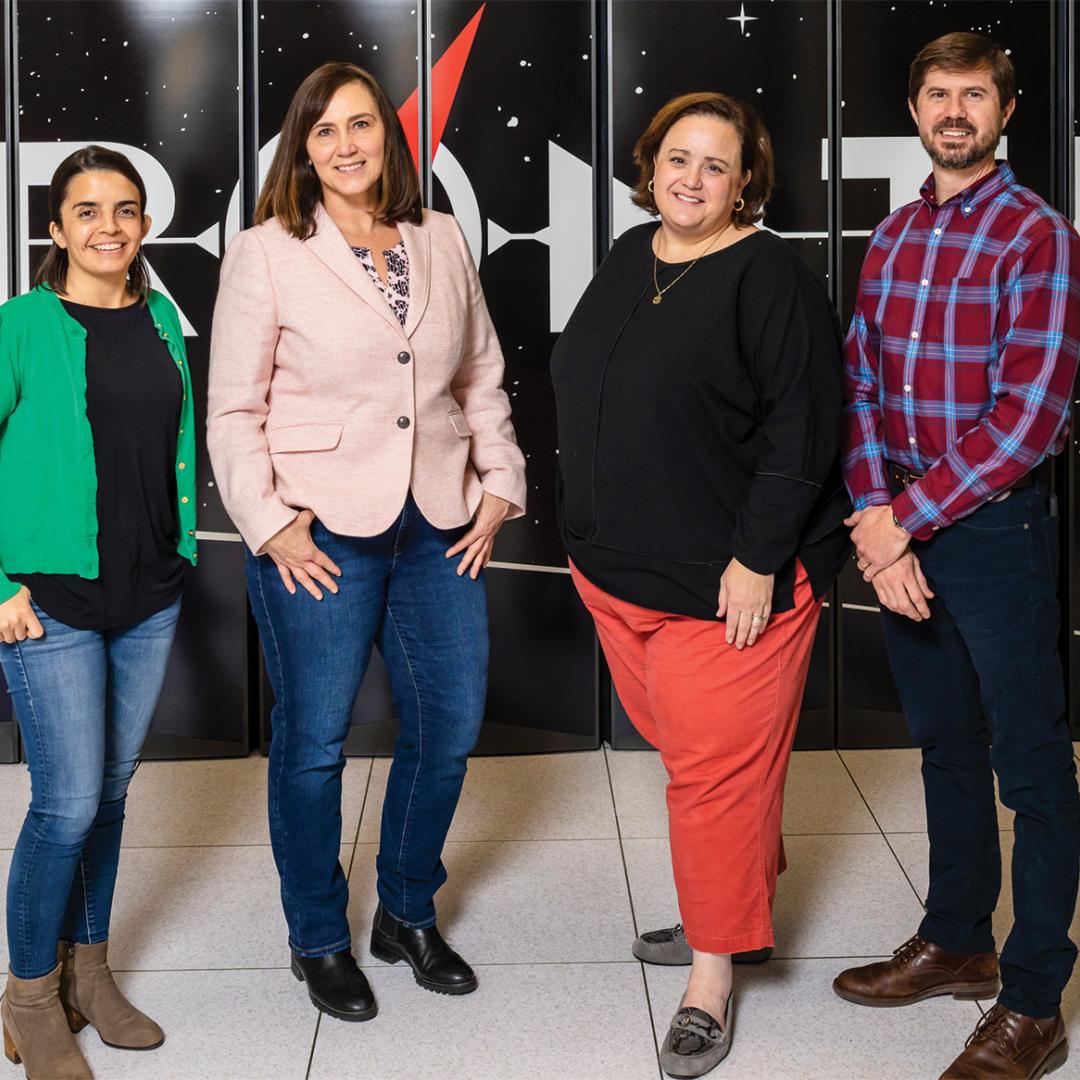Filter Issues
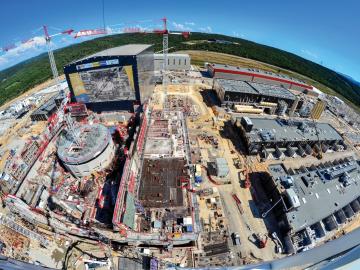
The doughnut-shaped ITER will, for the first time on Earth, create a burning (self-heating) plasma and contain it with a magnetic field. The plasma itself will be heated and sustained primarily by its own fusion reactions—literally the same energy source that powers the sun and the stars.
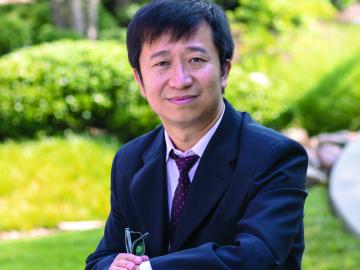
The next great materials discovery may well come from the exotic interactions of electrons at a scale a million times smaller than a human hair. This is the scale of quantum physics, and it’s where ORNL’s Huibo Cao focuses his effort.
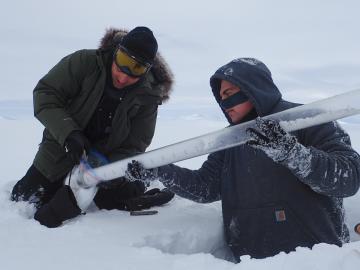
For the past six years, some 140 scientists from five institutions have traveled to the Arctic Circle and beyond to gather field data as part of the DOE-sponsored Next-Generation Ecosystem Experiments Arctic or NGEE Arctic project. We talk with the project's director, ORNL's Stan Wullschleger, about the discoveries and challenges of the NGEE Arctic project.
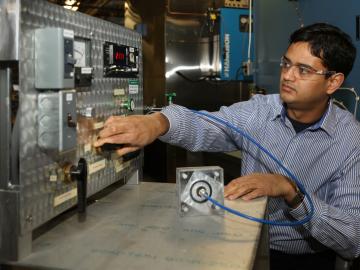
ORNL’s Building Envelope & Urban Systems Research Group may have found the answer to self-healing buildings by creating a novel multilayered barrier film with self-healing properties for vacuum insulation panels.
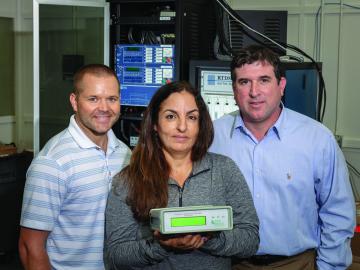
ORNL researchers developed models for better grid protection, analyzed options for new generation sources, and deployed sensors to monitor and evaluate Puerto Rico's grid and inform decisions by the island’s utility.
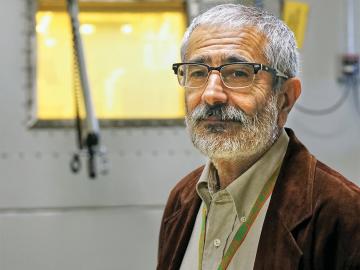
While ionizing radiation can cause cancer or even death, it can also save lives. Among other uses, ionizing radiation can destroy cancer cells, giving many sufferers the hope of relief from the painful effects of cancer.

NASA uses the isotope plutonium-238 to power its space explorations. The car-sized Mars 2020 rover will contain plutonium produced at ORNL.


